Here in Canada, every summer event was cancelled to prevent large gatherings of people during the Covid Pandemic. I was very surprised to learn that the annual airshow in London, Ontario – a small city 2 hours west of Toronto – would still proceed. This is the airshow of my childhood with a history of organizing novel participants. This year’s lineup might have been a little threadbare and derivative but the organizers delivered a drive in style experience where a single ticket price was charged per car and cars were parked along the runway in allocated, distanced spaces. People could safely enjoy the show without wearing masks and their kids could run around as long as they all stayed within the bubble of their 20×25 foot parking spot.

Organizers were even successful at having our American participants fly in direct from their AFBs in Louisiana and Michigan so that their crews never had to step on Canadian soil and endure a two week quarantine process.
There is no real new ground covered here in terms of photographic technique, especially if you’ve read my earlier posts. But it will be a good review to the initiate and a rare chance to share some summer images.
- Choose a rainy, overcast day.
- Don’t be afraid to use focal length.
- Aircraft tracking on A3 Tracking Subject menu option works (I think E-M1X only).
- Using neutral density filters to shoot propeller planes.
Choose a rainy, overcast day.
There is nothing more boring than shooting planes against a clear, featureless blue sky. Perhaps there will also be less attendance which is always good since entering and leaving an airshow usually takes a long time and is replete with all sorts of traffic jams. And long lineups at the portable washrooms. Besides, you have a weather sealed camera system so what do you care how hard it rains!

Don’t be afraid to use focal length.
I saw a lot of people using their phone cameras or an iPad to try and shoot the aircraft. I doubt they were particularly successful, especially when it comes to fighter jets. Don’t be afraid to unleash 600mm of focal length courtesy of MC20 & 300mm f/4 prime because those planes can get very small, very fast.
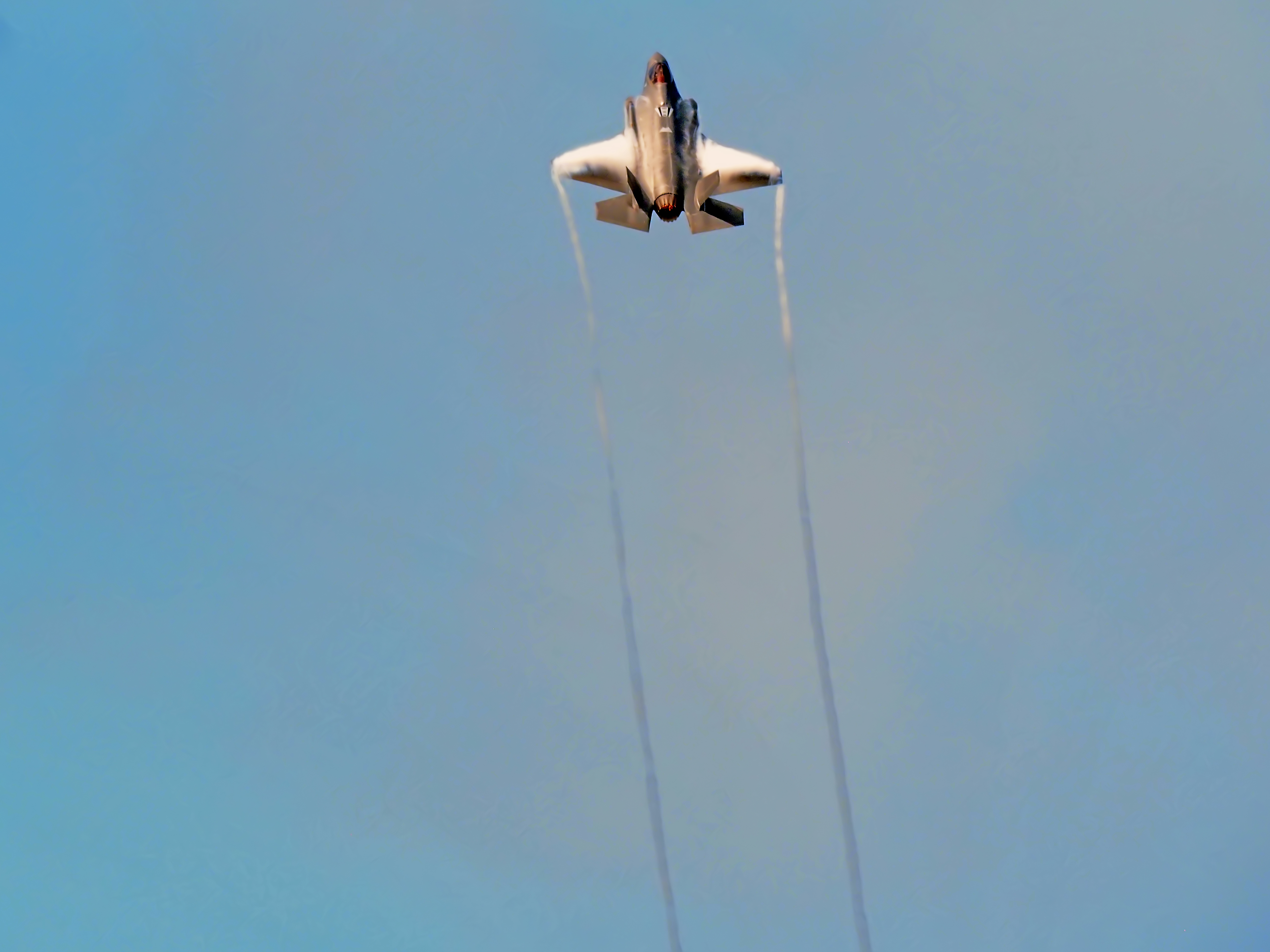

Even though I champion the use of adapted lenses, for sports and airshows you need native m43 Zuiko glass for the very best and fastest AF response.
Aircraft tracking on A3 Tracking Subject menu option works.
You need to practice picking up the aircraft far in the distance and track it into its flyover. If you have the E-M1X, you can enable aircraft tracking, and it will automatically maintain a focus lock no matter where it is located in the viewfinder. This frees you up to frame the shot without resorting to the boring aircraft in the center shot and allows you to wait for a dramatic background to come into view.
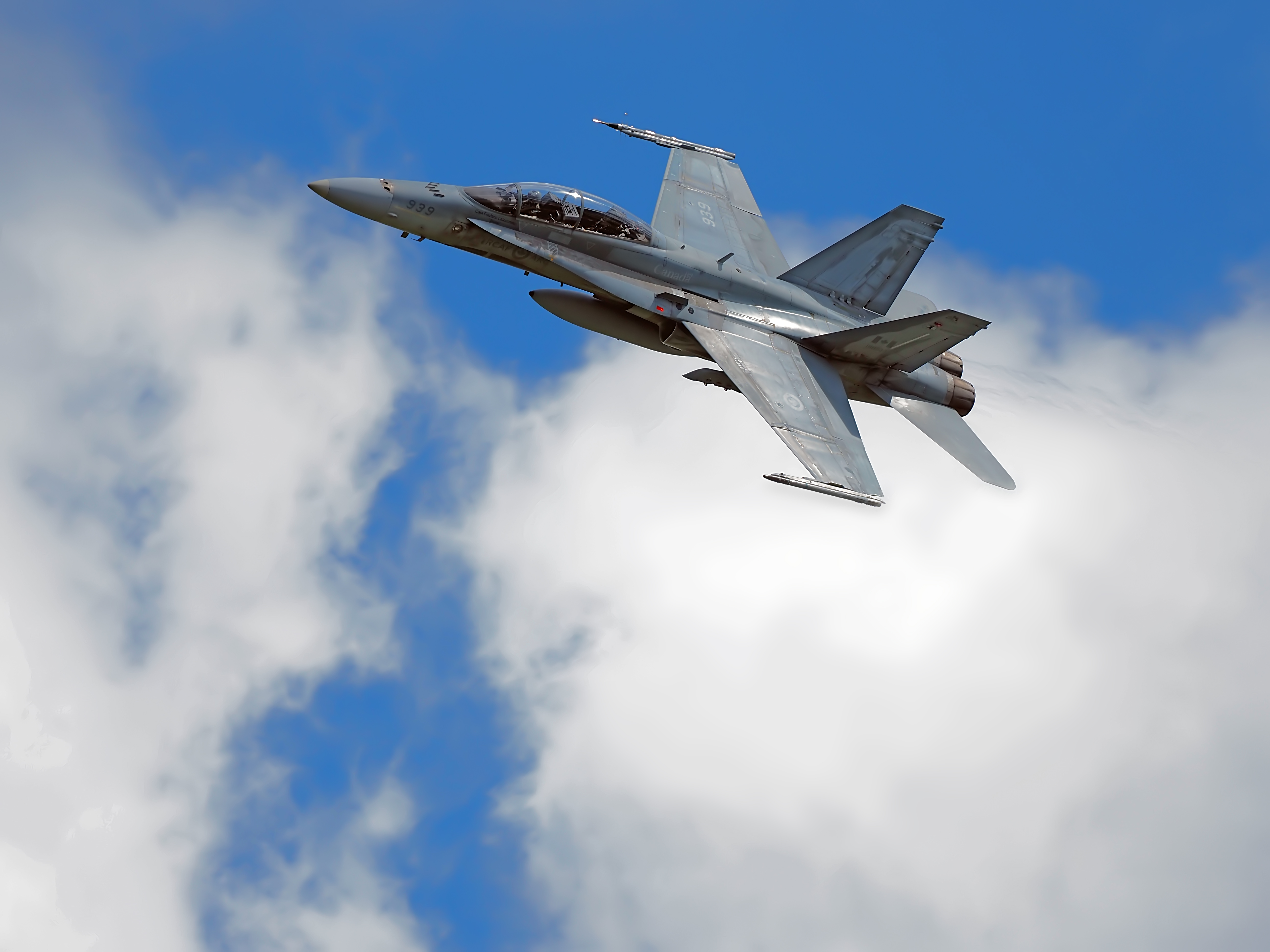
Using neutral density filters to shoot propeller planes.
There was only one propeller aircraft, the venerable C-130 Hercules. On a sunny day, a ND filter is a must in order to drop shutter speeds to under 1/100s without experiencing diffraction limited resolution at small apertures. This allows the capture of a full propeller rotation.
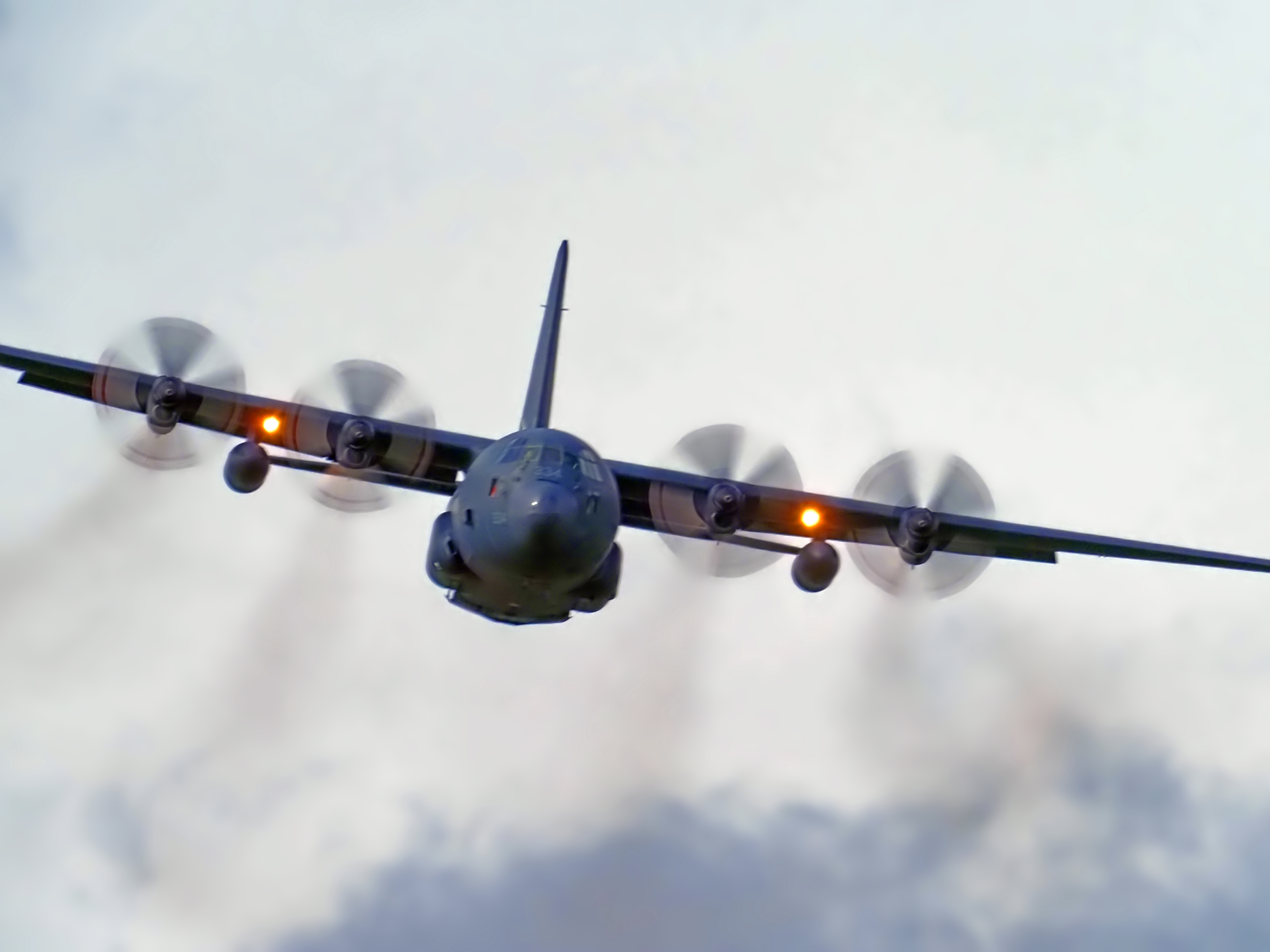
And finally, sometimes in this digital age it is not necessary to remove ugly noise, or blur over saturated pixels or the ugly mess that comes from stretching an underexposed sky.
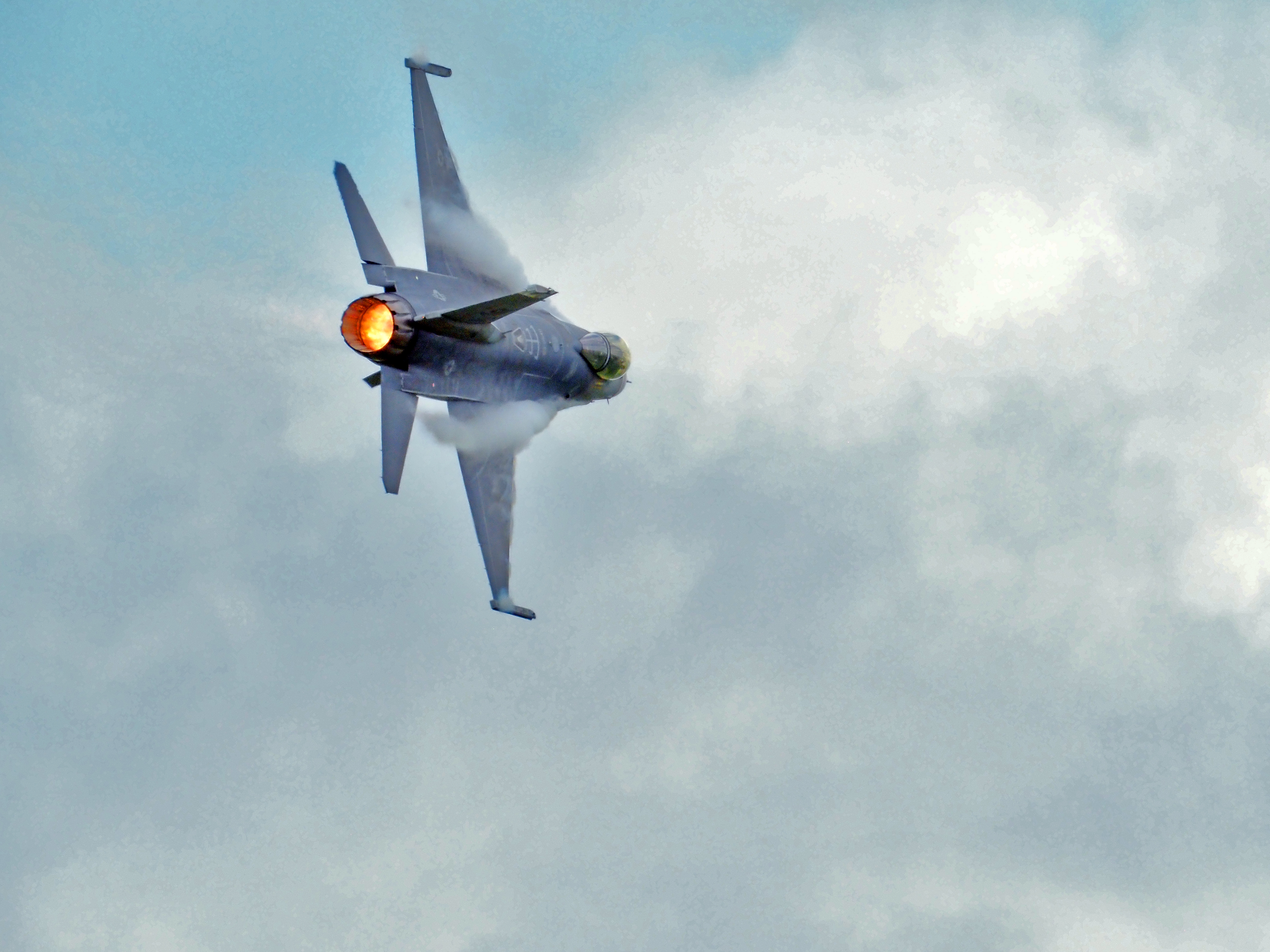
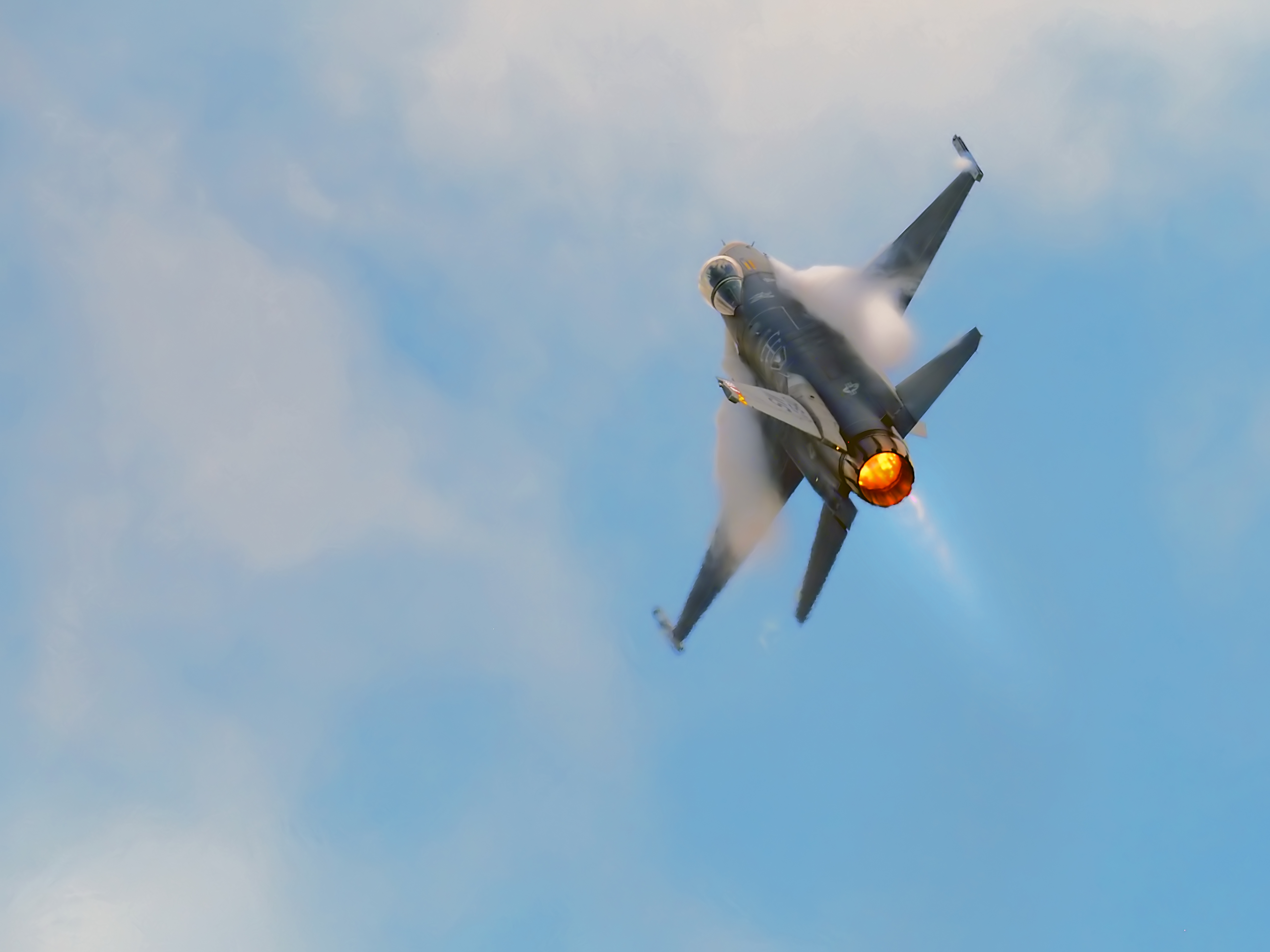
Here’s some more!
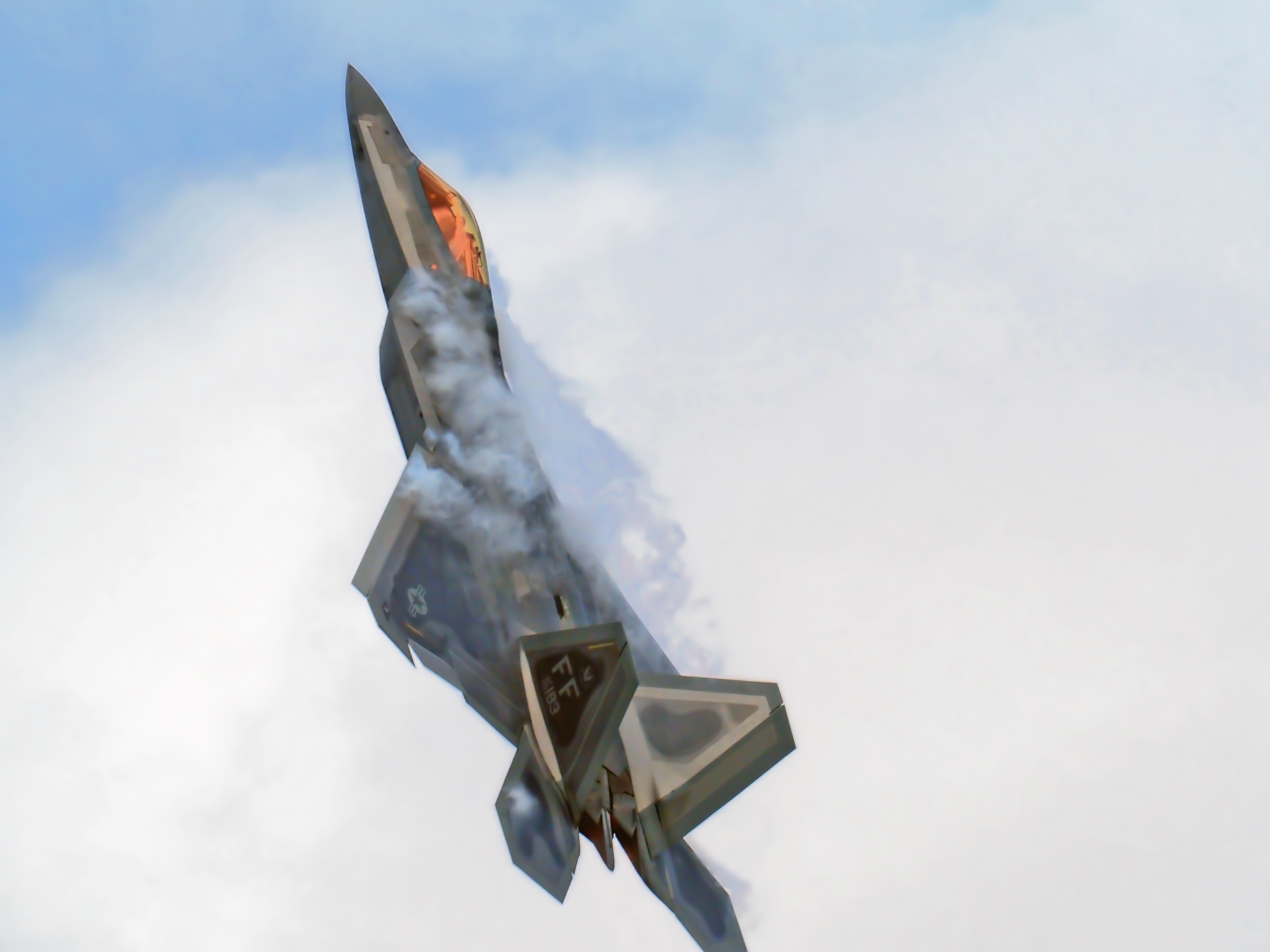
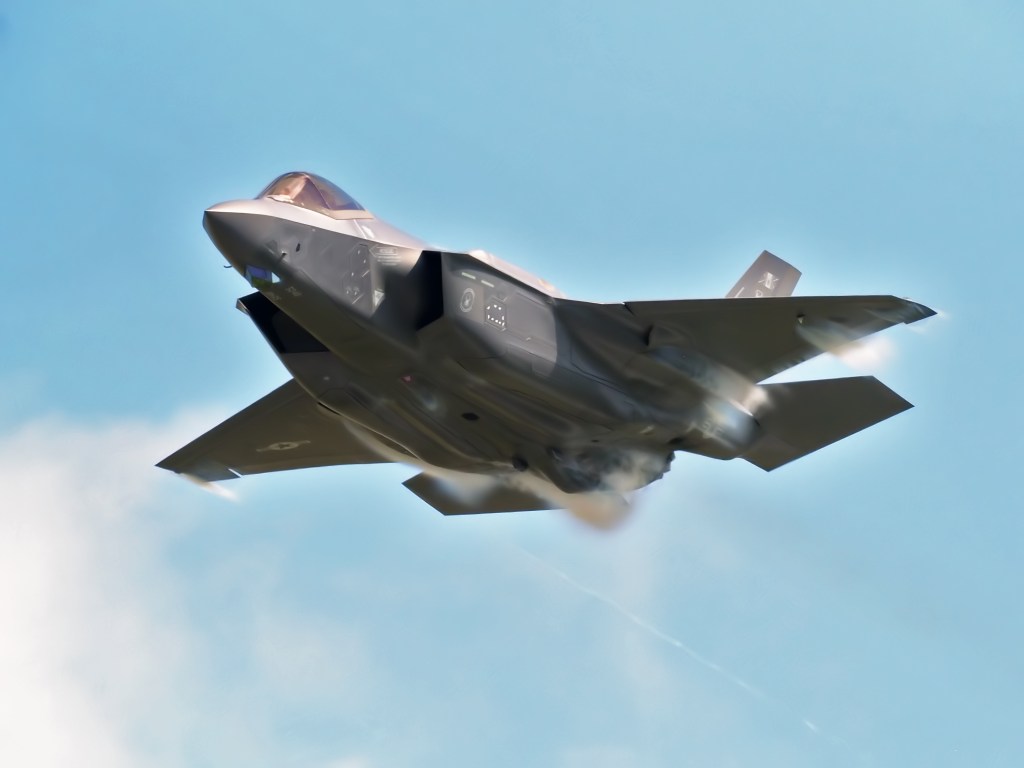
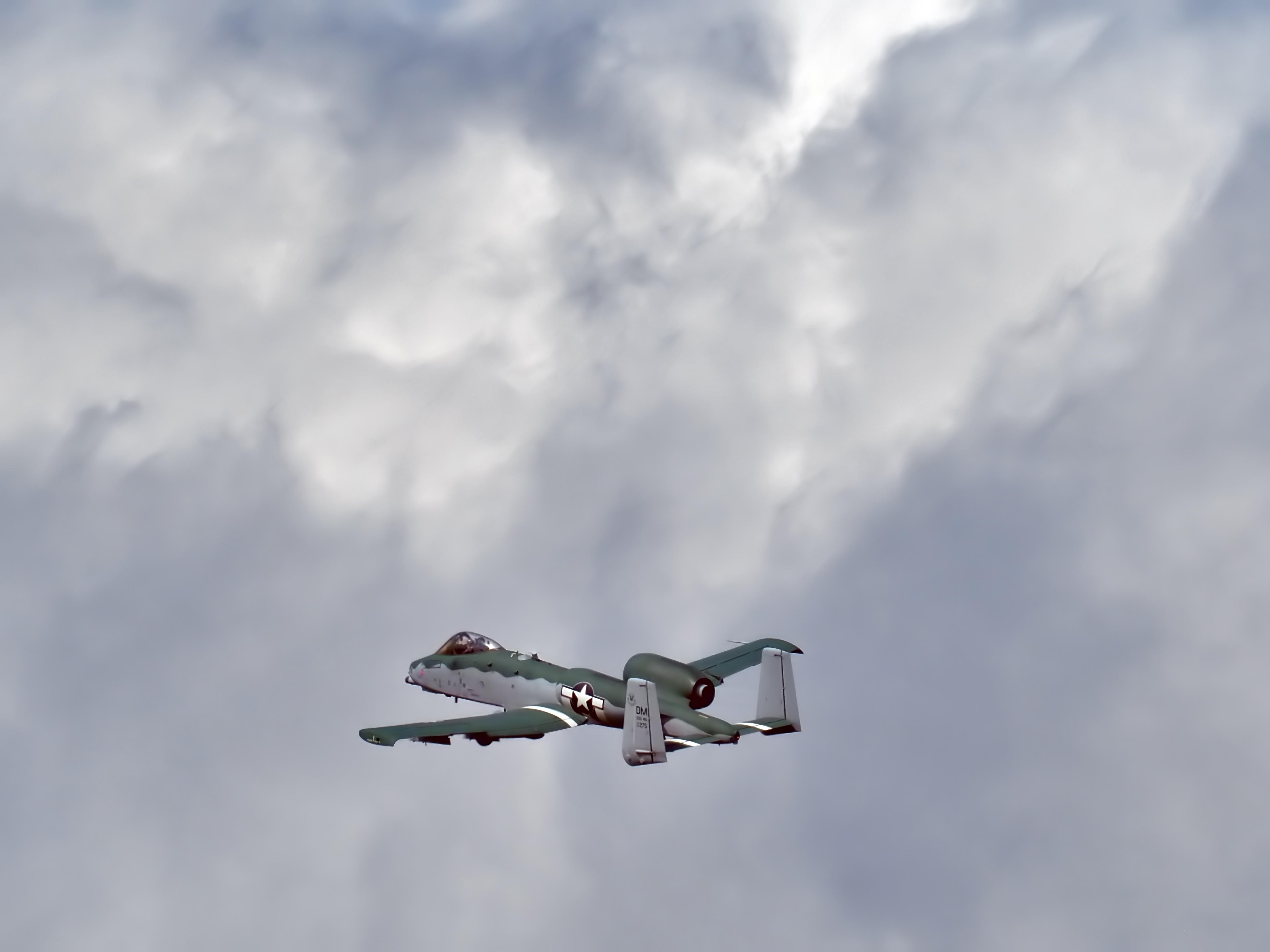
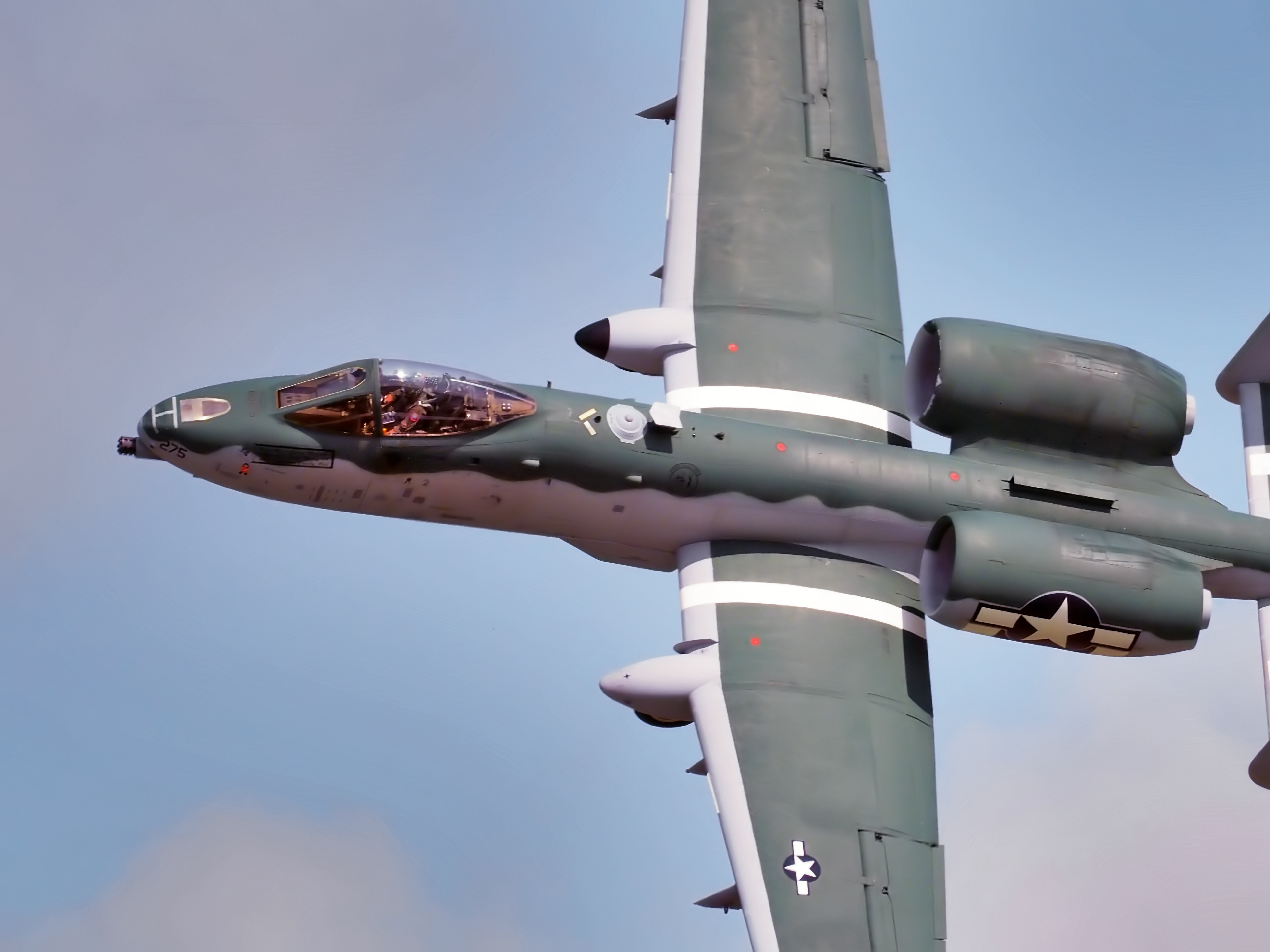
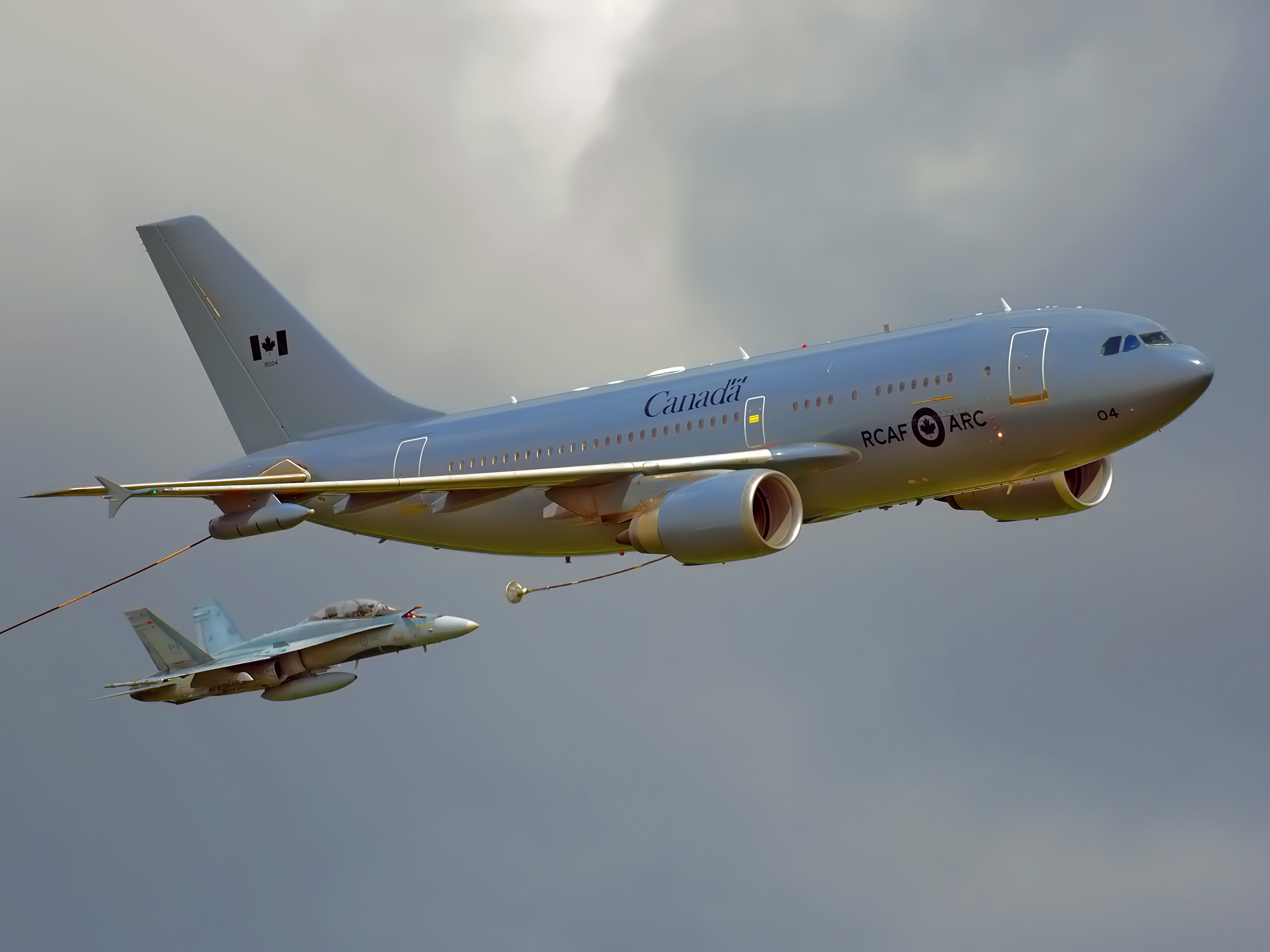

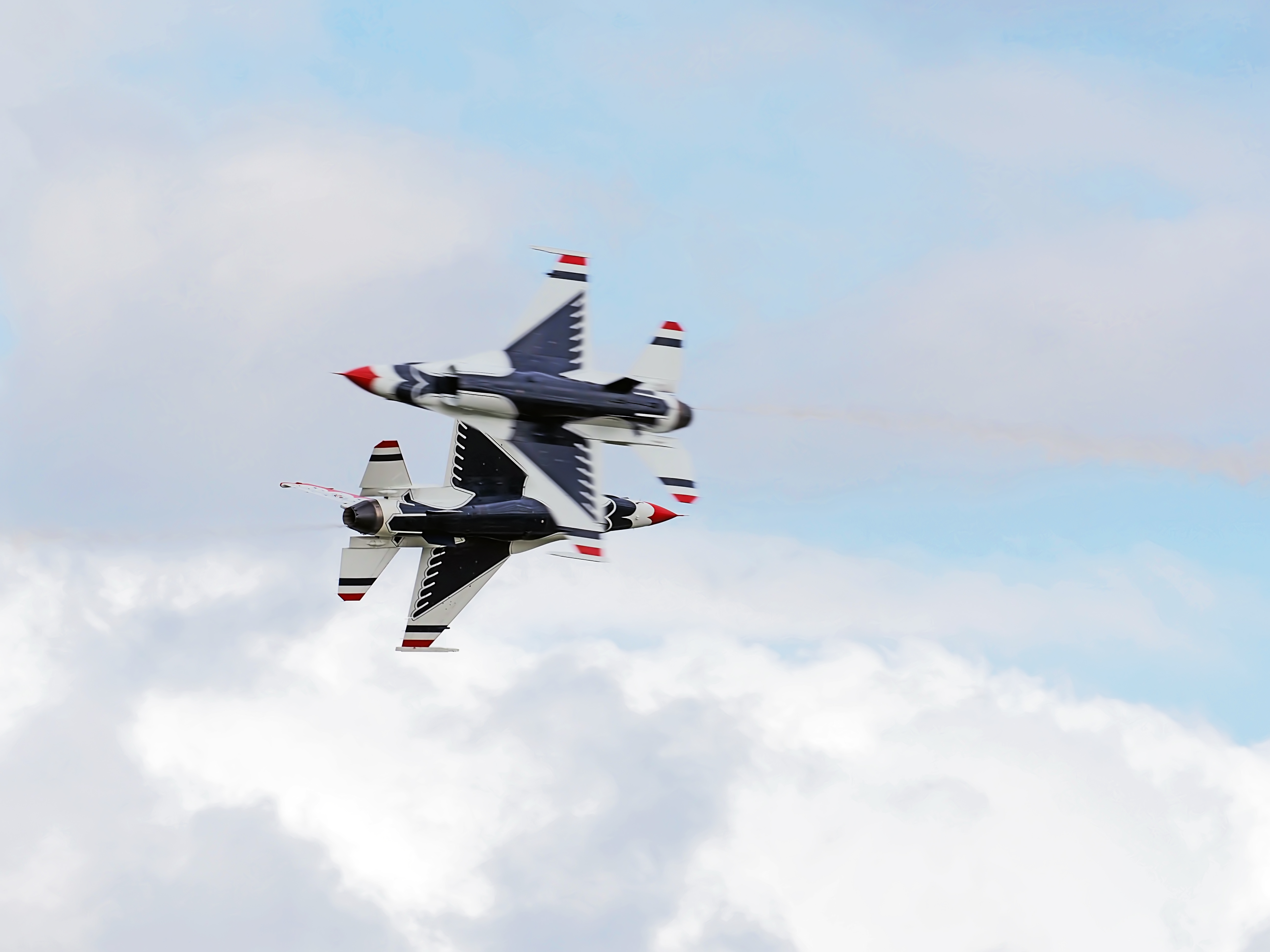
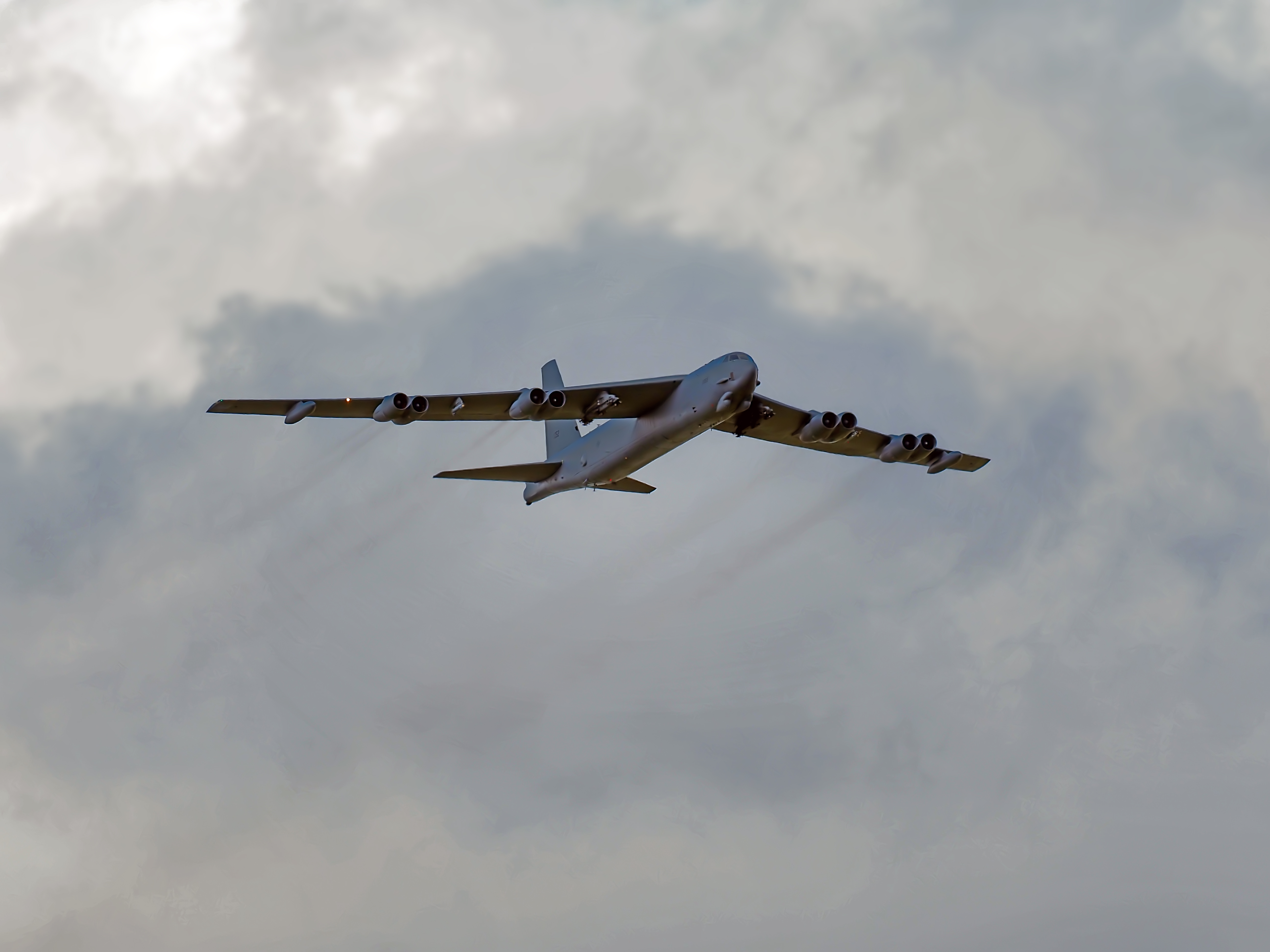
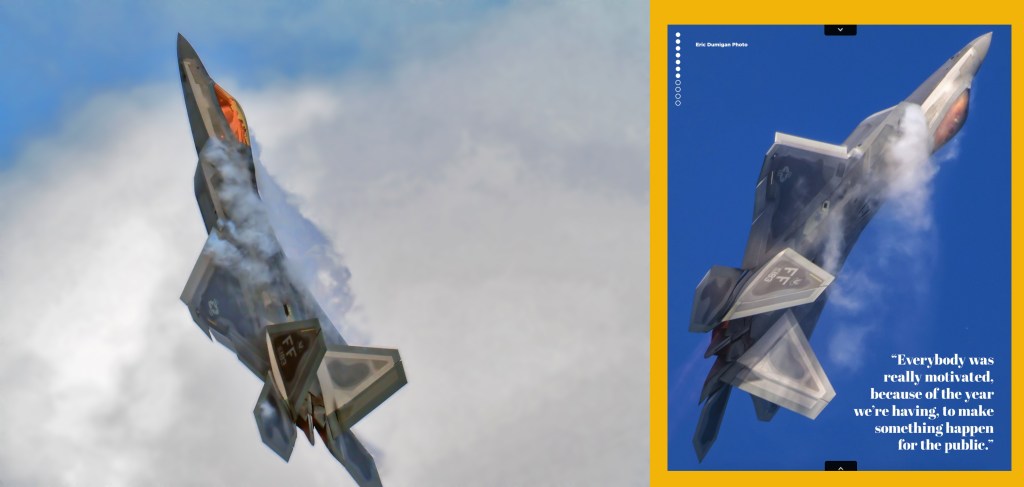


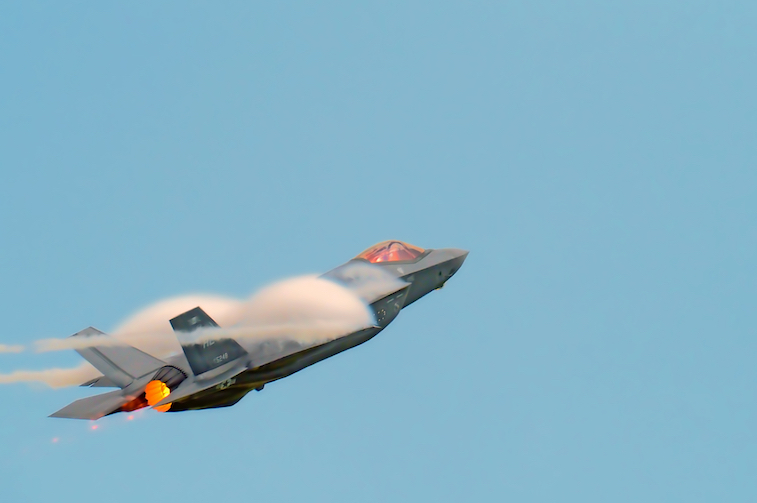
I have a question for you
currently I still have an E-M1 and am planning to switch to the E-M1 mk III or E-M1x
i don’t know which one to choose yet, i look at reviews every day and find both pluses and minuses
i also have a 300mm F4 and I primarily photograph airplanes and nature
i wonder what body you had before em1x and what the transition is
is object tracking with em1x really that much improved?
because I see that these photos can be reproduced without problems and with competing FF bodies
LikeLike
Hi Zoran, I had the E-M1.2 before the E-M1X. The X has object tracking and Olympus dd hint at a firmware update late this year which will introduce Birds as a new object. This will really help wildlife photographers. The X is superior to the III in almost every way except in price and size so you have to determine your own needs.
LikeLike
all these photos from the airshow were taken in a combination of 300mm + MC20 ?
i plan to pair the mc-14 with 300mm
i’m kind of skeptical about mc20
the problem is that few photographers use olympus equipment to photograph air shows
do you have any photos without mc20? I am interested in the sharpness of the image
can you some your own words
air show with or without mc14 or mc20 ??
LikeLike
The MC20 is a fine piece of glass and is no better or worse than the MC14. The only problem is shooting at f/8 with the 300mm f/4 but just like in wildlife, sometimes you need the extra reach when subjects are far away and small. You can however see the differences in sharpness with just the 300mm f/4 in all the CF-18 and RCAF tanker photos and the lone Thunderbirds shot. The others were taken with 300mm + MC20.
LikeLike
Amazing images!
How do you acquire and continuously track fast moving aircraft when you have an AOV of between 4 degrees (300mm Pro) and 2 degrees (300mm Pro + MC-20)? Are you using a dot sight or similar?
LikeLike
I start tracking the plane when it is some distance away.
LikeLike
Keep your other eye open to get a wideangle view in your head.
LikeLike